Quantitative Morphology Group - University of Adelaide Australia
PhD Students
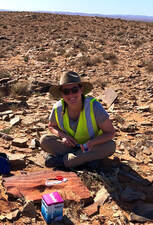
Tory Botha
"Morphology and ecology of Ediacaran fossils from Nilpena Station (Ediacara Conservation Park, Flinders Ranges, South Australia)" Supervised with Diego Garcia-Bellido (Uni Adelaide & SA Museum) and Mary Droser (UC Riverside) The primary aim of my PhD project is to gain a better understanding of the morphology, growth, preservation, and ecology of three enigmatic, radial Ediacaran taxa:
|

Nuttakorn (Win) Taewcharoen
"Biomechanics and Morphology of Lagmorphs" My prospect research theme will be about lagomorph' poscranial skeleton (vertebral column and limbs) and their locomotive trajectories using newly proposed method for analysis of complex articulated structures Co-supervised by Rachel Norris (Uni Adelaide) |
PHD STUDENTS

Ellen Martin
"Evolutionary Constraints and Trade-Offs in the Locomotor Morphology of Birds and Mammals" Co-supervised by Rachel Norris (Uni Adelaide) |
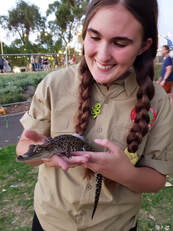
Tamika Nash-Hahn
"Sexual dimorphism in snakes: An exploration of the variation between sexes within pythons and elapids" Co-supervised by Kate Sanders (Uni Adelaide) |
BSC HONOURS STUDENTS
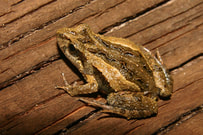
Natasha Lee Hiotis
"Identifying fossil frog ilia from Naracoorte Caves via the comparison of their geometric morphometric measurements to ilia of extant Limestone Coast frogs" Co-supervised by Liz Reed (Uni Adelaide & SA Museum) |
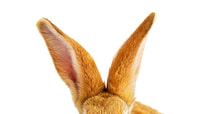
Jessica Broad
"Is the auditory bulla size and shape adaptive in Leporids?" |
Visiting Researchers
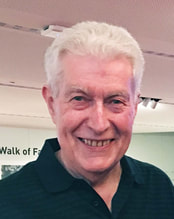
Philip Stott
Australia's expert on invasive European hares, Philip studies their ecology, locomotion and behaviour
Use of space by sympatric European hares and European rabbits in Australia
At present I’m investigating the rapid turns made by hares to elude chasing predators. Hares are capable of turning through 120 deg in 0.3 seconds and I’m trying to relate the function (the turn) with the morphology (the musculature enabling such turns). Manoeuvrability is only one factor influencing the outcome of terrestrial pursuits in open grassland habitats, but the ability of the hare to survive in the presence of cheetahs and greyhounds suggests that lagomorphs might possess unique adaptations to facilitate manoeuvrability, and if so, it seems likely that they’d be best developed in the cursorial species (the hares). It’s those putative musculoskeletal adaptations that I seek.
Australia's expert on invasive European hares, Philip studies their ecology, locomotion and behaviour
Use of space by sympatric European hares and European rabbits in Australia
- Demographics of the European hare in the Mediterranean climate zone of Australia
- Is the large size of the pinna of the ear of the European hare due to its role in thermoregulation or in anterior capital shock absorption?
- Factors influencing the importation and establishment in Australia of the European hare
At present I’m investigating the rapid turns made by hares to elude chasing predators. Hares are capable of turning through 120 deg in 0.3 seconds and I’m trying to relate the function (the turn) with the morphology (the musculature enabling such turns). Manoeuvrability is only one factor influencing the outcome of terrestrial pursuits in open grassland habitats, but the ability of the hare to survive in the presence of cheetahs and greyhounds suggests that lagomorphs might possess unique adaptations to facilitate manoeuvrability, and if so, it seems likely that they’d be best developed in the cursorial species (the hares). It’s those putative musculoskeletal adaptations that I seek.
Student opportunities in the Quantitative Morphology Group at University of Adelaide:
Australian BSc. Honours program | PhD Scholarships | Summer Scholarships | BSc. Science (Advanced) Principles & Practices of Research III
Contact me if you are interested! emma [dot] sherratt [at] adelaide [dot] edu [dot] au
CURRENT OPPORTUNITIES CLICK FOR DETAILS!
I mentor and supervise by a mix of coaching and participative approaches: everyone has a voice, and I'll give you all the support and guidance to find yours.
Australian BSc. Honours program | PhD Scholarships | Summer Scholarships | BSc. Science (Advanced) Principles & Practices of Research III
Contact me if you are interested! emma [dot] sherratt [at] adelaide [dot] edu [dot] au
CURRENT OPPORTUNITIES CLICK FOR DETAILS!
I mentor and supervise by a mix of coaching and participative approaches: everyone has a voice, and I'll give you all the support and guidance to find yours.
